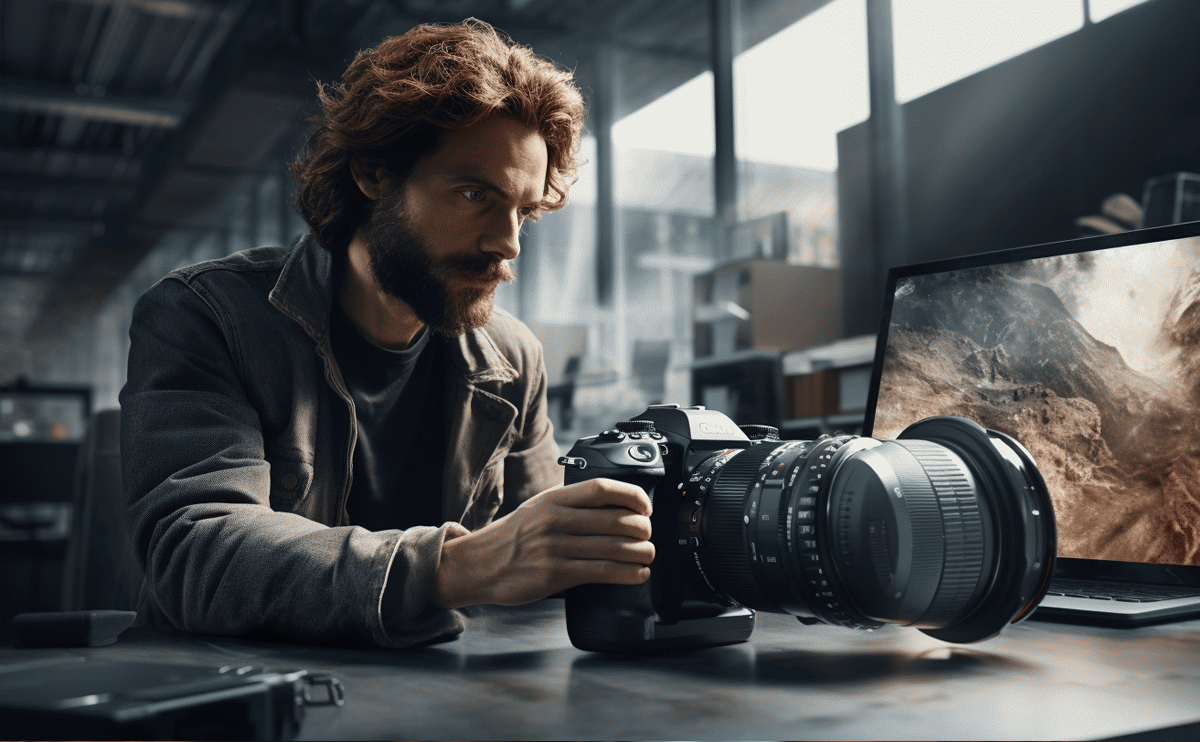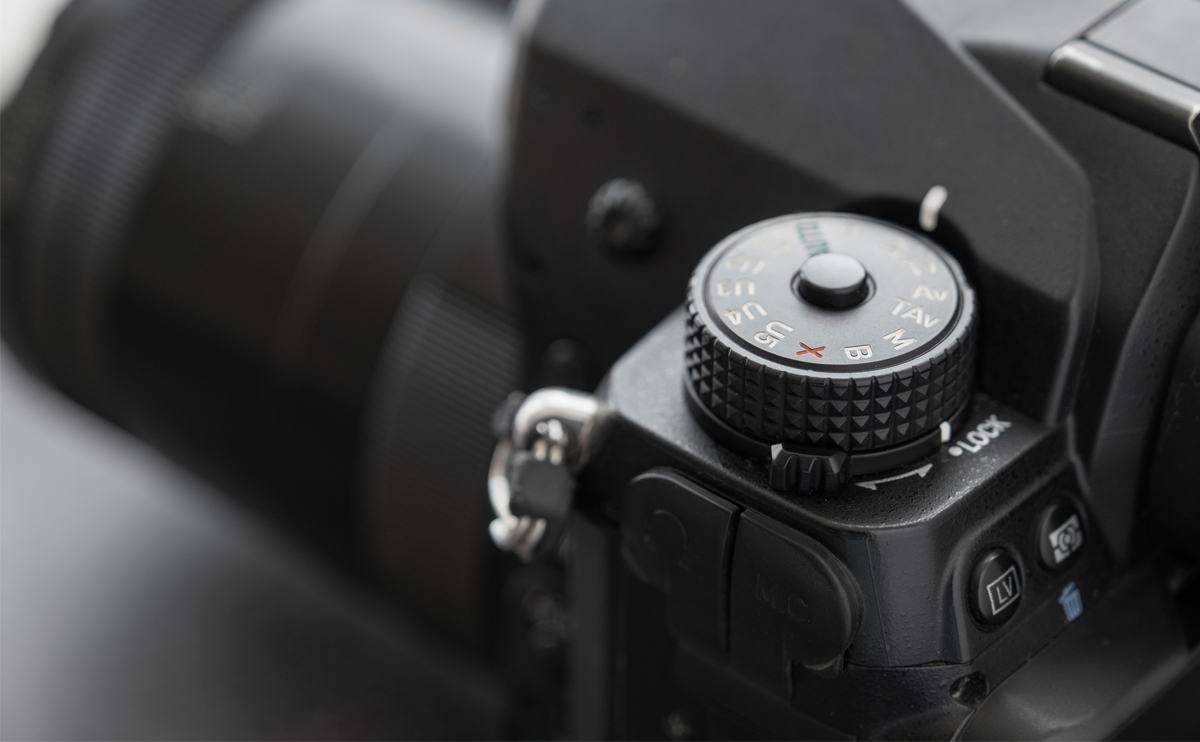Introduction: The world of photography is continuously evolving, with new technologies emerging that push the boundaries of what’s possible with a camera. Whether you’re a professional photographer or an enthusiastic hobbyist, understanding the future trends in camera technology can help you stay ahead of the curve. In this article, we’ll dive into the cutting-edge advancements that are shaping the future of cameras and photography.
Emerging Trends in Camera Technology:
- AI and Computational Photography:
- Artificial Intelligence (AI) is transforming the way cameras capture images. AI algorithms can now optimize exposure, focus, and white balance, allowing photographers to take better photos with less effort. Computational photography goes beyond traditional techniques, merging multiple images to create a single high-quality photo. Phones like the Google Pixel and Apple iPhone are already leveraging computational photography for things like Night Sight and Smart HDR, while mirrorless and DSLR cameras are incorporating AI to enhance focus and image clarity.
- Improved Sensors and Low-Light Performance:
- Cameras are always striving to perform better in low-light environments. Advances in sensor technology are allowing cameras to capture more light, resulting in clearer, more detailed images even in challenging lighting conditions. Full-frame sensors are becoming more accessible in consumer-grade cameras, allowing for better image quality and higher dynamic range. Manufacturers like Sony and Canon are at the forefront of developing high-performance sensors with larger pixel sizes to improve image quality in dark environments.
- 4K and 8K Video:
- The demand for high-resolution video content is growing, and cameras are increasingly being designed to meet this demand. Many high-end cameras now offer 4K video recording, while 8K video is becoming more accessible in consumer-grade models. 8K resolution offers four times the pixel density of 4K, providing incredible detail and flexibility for professional videographers who need to crop or zoom in during post-production without sacrificing image quality. While 8K content is still rare, the technology is pushing the limits of video production.
- In-Body Image Stabilization (IBIS):
- In-body image stabilization (IBIS) is a game-changing technology that stabilizes your camera’s sensor to reduce camera shake, even when shooting handheld. IBIS systems help improve sharpness and clarity, particularly in low-light conditions where slower shutter speeds are required. Many new mirrorless and DSLR cameras, including models from Sony, Olympus, and Panasonic, incorporate IBIS, making handheld shooting easier and more effective.
- Augmented Reality and Virtual Reality:
- As VR and AR technologies evolve, cameras are being developed to capture content that can be used in immersive experiences. Cameras with 360-degree capabilities, like the GoPro MAX, are enabling photographers and videographers to shoot immersive VR content. Additionally, augmented reality overlays are being incorporated into viewfinders and apps, allowing photographers to preview virtual elements before shooting, assisting in creating more dynamic compositions.
- Autonomous Photography:
- Self-driving technology is not only impacting cars but also cameras. Future cameras could be designed to operate autonomously, with AI determining the best settings for each shot. This could help streamline workflows for professionals who need to shoot quickly or capture hard-to-get moments without manual input. Cameras could even capture images without physical interaction, triggered by voice or facial recognition.
- The Rise of Drone Photography:
- Drones have already revolutionized aerial photography, but they’re expected to become even more advanced. With improved stabilization, longer battery life, and more intuitive controls, drones are allowing photographers to capture sweeping landscapes, architecture, and action shots from previously impossible angles. Cameras designed for drones are also improving in terms of image resolution and video quality, offering even more stunning aerial shots.
Conclusion: As technology continues to advance, so will the capabilities of cameras. From AI-driven features to 8K video and in-body stabilization, photographers can look forward to having more powerful tools at their disposal. Staying informed about emerging trends will help you adapt to the ever-changing landscape of photography, ensuring that you can continue to produce exceptional images and videos in the years to come.


